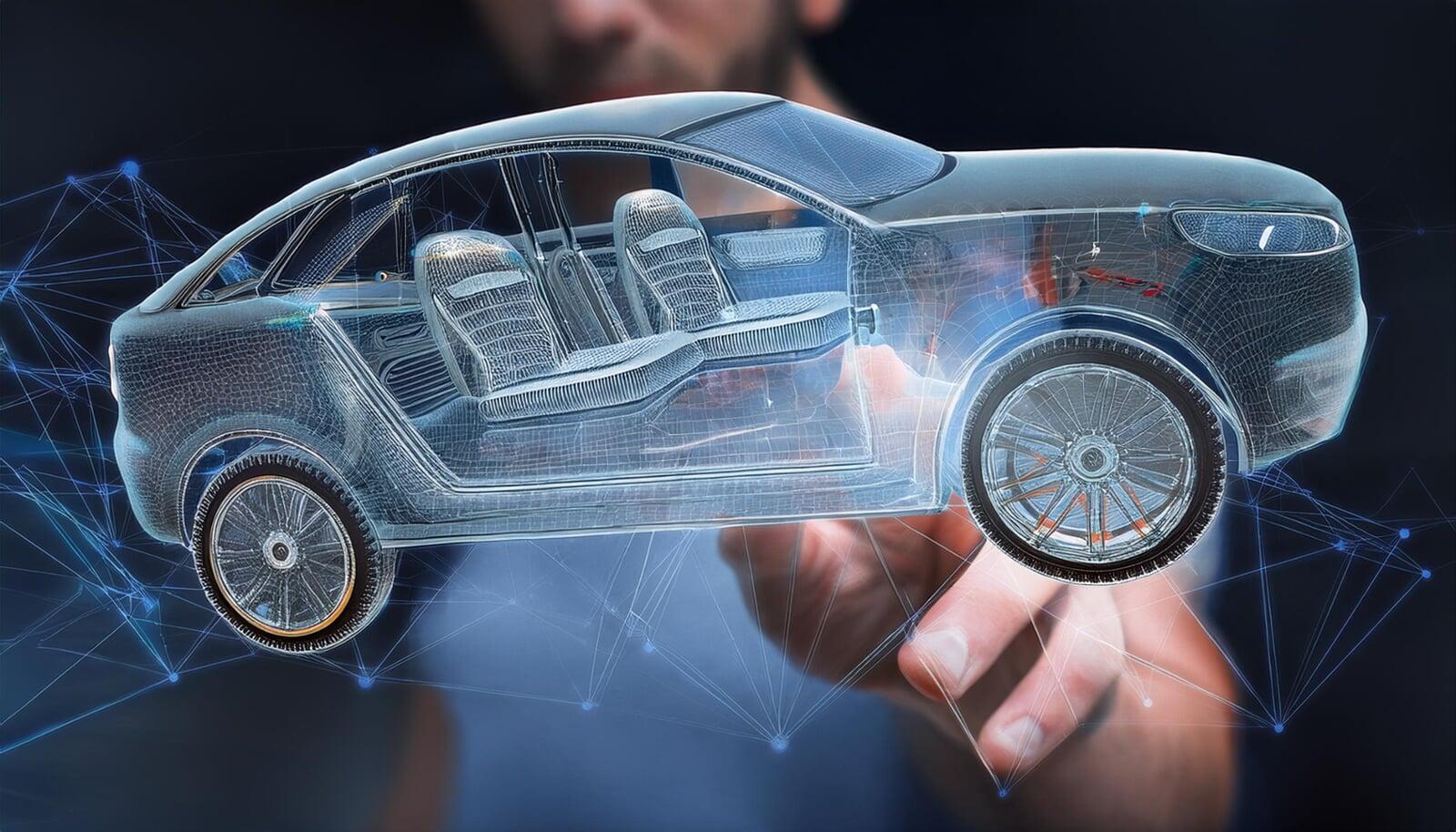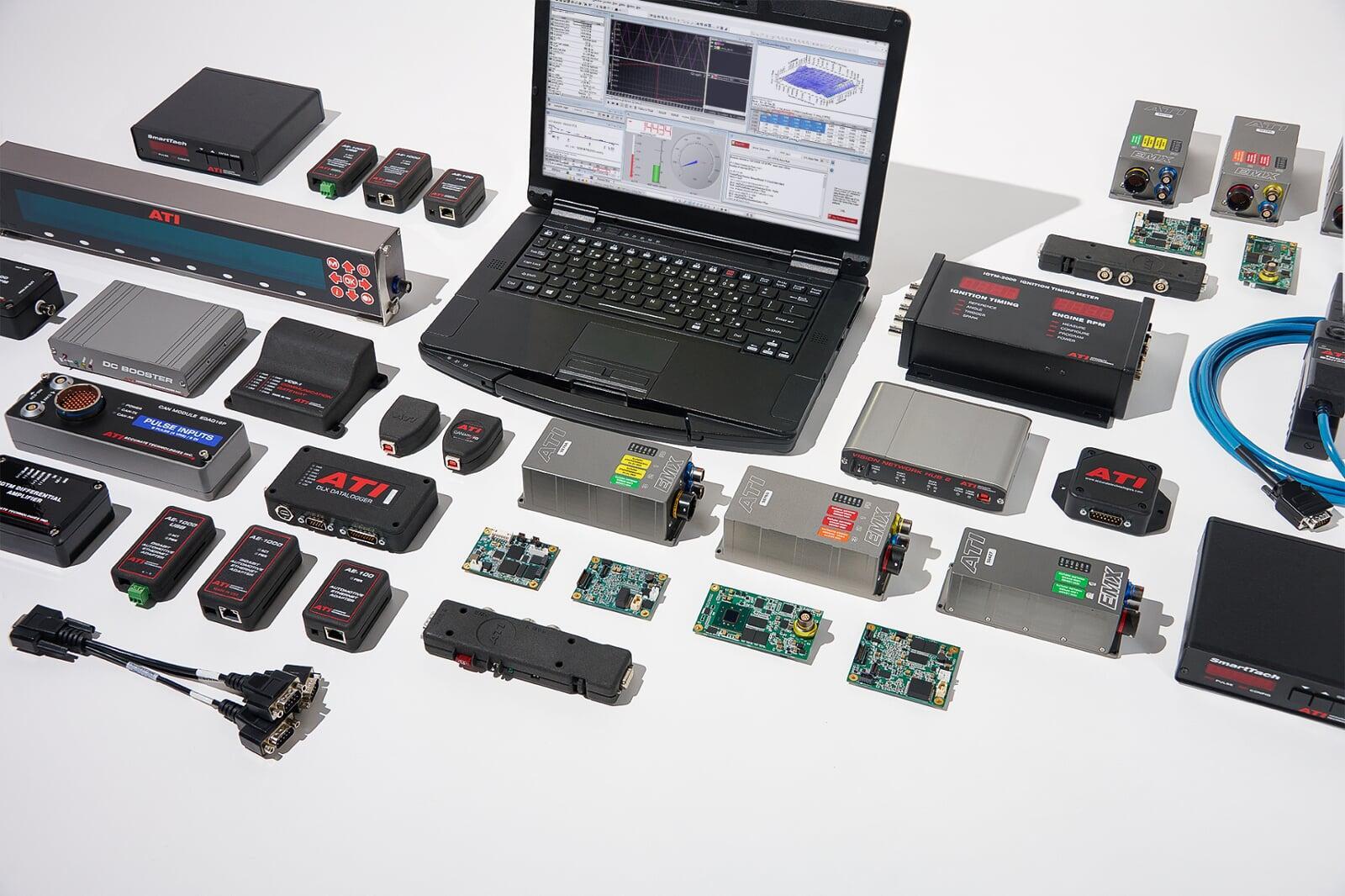Zonal Architecture and Its Impact
The automotive industry is undergoing a significant transformation and paradigm shift. Evolving from a traditional Domain Architecture with multiple distributed electronic control units (ECUs), to a more efficient and scalable Zonal Architecture. This transition is driven by the increasing complexity of modern vehicles, which demand higher computing power, seamless connectivity, and enhanced safety features. In this blog, we explore the concept of zonal architecture, its advantages, and how companies like Accurate Technologies Inc. (ATI) support this evolution with cutting-edge automotive electronics solutions.
What is Zonal Architecture?

Advantages of Zonal Architecture
- Reduced Complexity and Cost: By consolidating functions into zonal controllers, manufacturers can reduce wiring harness weight and costs, leading to improved efficiency.
- Scalability: Zonal Architecture simplifies software updates and hardware upgrades, enabling future proofing, such as over-the-air (OTA) remote updates, and easier integration of new features.
- Enhanced Performance and Security: Centralized computing improves data processing speed and enhances cybersecurity through a more unified approach to software management.
- Greater Flexibility: Vehicle manufacturers can standardize hardware across models, streamlining development and production processes.
ATI’s Role in Advancing Automotive Electronics
- ECU Development and Calibration Tools: ATI offers advanced ECU calibration and measurement solutions, ensuring seamless communication between zonal controllers and central computing units.
- Data Acquisition Systems: High-speed data logging and analysis tools enable engineers to optimize vehicle performance in real-time.
- Network Communication Solutions: ATI supports Ethernet-based communication protocols, facilitating efficient data transfer in Zonal Architectures.
By leveraging ATI’s innovative solutions, automakers and Tier 1 suppliers can accelerate the transition to Zonal Architecture, enhancing vehicle performance, safety, and overall user experience.




